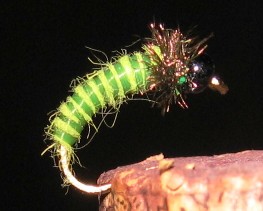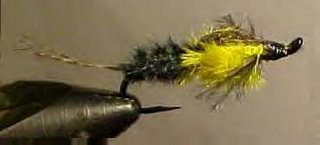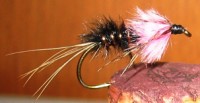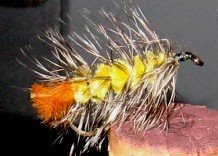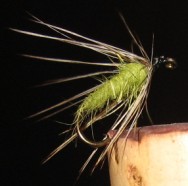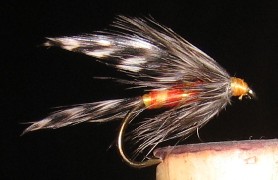
VERY SAD STATE OF AFFAIRS
The Bad News
The Worse News
if it's not the genes then we're all doomed
The Bad News
The Worse News
if it's not the genes then we're all doomed
 ..The Westslope Cutthroat was denied protection again by a Federal Judge. The sad thing about this case is that the USFWS won the court battle. They don't believe the Westies need any protection. The details of this case - and decision - can be found in the online version of the Great Falls Tribune.
..The Westslope Cutthroat was denied protection again by a Federal Judge. The sad thing about this case is that the USFWS won the court battle. They don't believe the Westies need any protection. The details of this case - and decision - can be found in the online version of the Great Falls Tribune... The BAD NEWS is that the USFWS & the state of Montana believe that a fish is a Westslope Cutthroat if it looks and behaves like a Westslope Cutthroat. If it has 80% Westslope genes - it's a Westslope!
.. Some new equations: cutbow=cutthroat - or - cutbow=rainbow - or - Rainbow=Cutthroat. How about this: Beefalo=Buffalo - or - Bison=Cow? This is the thinking of our paid public servants - and there is no outcry!
"At 80 percent, a fish “looks and acts like a westslope cutthroat trout,” Interior spokeswoman Diane Katzenberger said when the lawsuit was filed in spring of 2005. Federal Judge Sullivan ruled in favor of the morphological approach, in which the appearance and behavior of the fish determines how to classify it.
 .. The WORSE NEWS is that the Interior Department is also looking at changing it's definition of what a species is. This in addition to the, (until recently,) secret changes in implementing the endangered species act could make it nearly impossible to save or recover endangered or threatened species -Plants or Animals.
.. The WORSE NEWS is that the Interior Department is also looking at changing it's definition of what a species is. This in addition to the, (until recently,) secret changes in implementing the endangered species act could make it nearly impossible to save or recover endangered or threatened species -Plants or Animals... If the changes currently being discussed would have been in effect 12 years ago, there would be no wolves in Yellowstone. If the changes being discussed are combined with the current USFWS perspective, it will only be a matter of time before there is only a couple of species of trout. This homogenization is an interesting and a bit startling outcome.
.. A bare bones review of the problem is found in the Casper Star Tribune. A more thorough review is found in Solon.com. PEER has a series of articles including a side-by-side comparison of the proposed changes with the current Endangered Species Act.
.. The ramifications of this move could remove all possibility of saving fish such as salmon, cutthroat, steelhead, grayling, and others. After all - "If it looks like a . . . . . .
 .. The logical outcome is that house cats will soon become the lions in the environment.
.. The logical outcome is that house cats will soon become the lions in the environment... And all bass will be just bass - not wipers, stripers, white, black, smallmouth, largemouth, Kentucky, etc. After all - "If it looks like a . . . . .
.. This concerns us a bit more than just a little.


